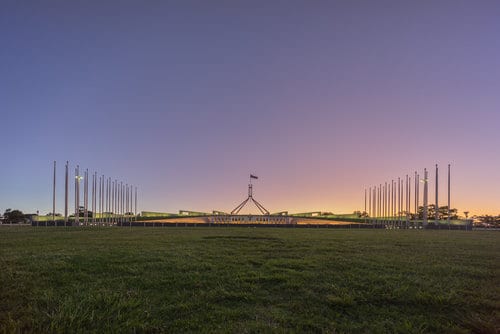After ten years of turbulence in climate and energy policy Australia is entering a crucial 18-month period. For the electricity sector, the need for a stable policy framework has become urgent. But policy stability isn’t just dependent on bipartisan support, welcome though this would be.
The sectoral transformation implied by Australia’s commitments under the Paris Agreement is best delivered by a policy package that sets a clear pathway to net zero emission power by mid-century.
Recognition of this endpoint is starting to enter the mainstream. The Prime Minister and the Leader of the Opposition have both articulated the need for climate policy to achieve net zero emissions (although they have not yet agreed on the date by which this must happen).
Peak associations representing business, welfare, unions and the environment joined together to
support this goal last year.
Next Friday, Australia will be among the 130 countries signing the Paris Agreement, in which we and the rest of the world have committed to limit global warming to 1.5-2°C above pre-industrial levels. This temperature range requires net zero energy emissions by 2050. The next government will have a lot of work to do to deliver on these commitments.
Both parties have indicated they will be conducting major reviews of energy policy within 12 months of the election. To have any chance of ending policy instability, these reviews must address the long-term task of decarbonising our power supply.
How should this be done? The Climate Institute’s report,
A Switch in Time, out today, argues that the sort of carbon price that might eventually emerge with bipartisan support will be far too weak to do the job on its own.
A modest carbon price that reaches $40 per tonne by 2030 might help achieve the government’s current 2030 target, but would also blow 98 per cent of the sector’s thirty-year
carbon budget and cause another slump in clean energy investment (this is the Weak Start Carbon Price scenario in the graph below).
After a decade of stagnation, the emission reduction effort that would be required thereafter is massive: 80 per cent of existing coal stations would have to be closed in five years and clean energy construction would have to abruptly scale up four-fold. This switch would impose huge shocks on the power system and the economy, not to mention coal station regions. But this is completely avoidable.











